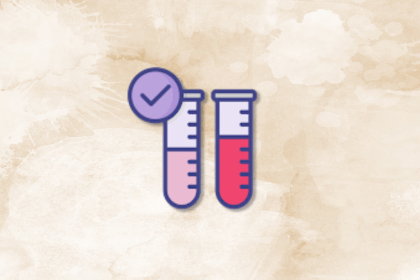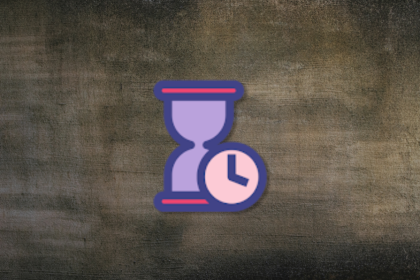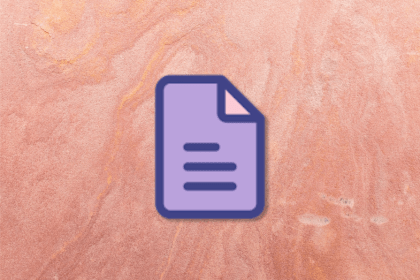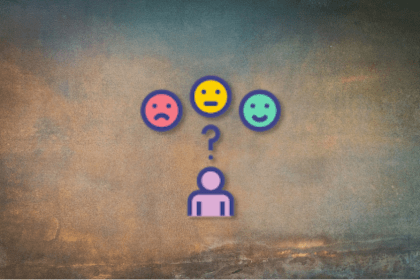
Stop letting unreliable data block features. Treat data as inventory to track quality, ownership, and ship with confidence.

Shift from deterministic product thinking to a portfolio approach that helps PMs manage AI models, risk, and continuous change.

Turn your SaaS product into a platform by spotting key signals, avoiding common traps, and building for scale, reuse, and integration.

Learn how product-led cost management improves margins, maintains velocity, and creates user value through a repeatable playbook.

Learn practical strategies PMs can use to spread ideas, improve collaboration, and shape stronger, more connected product outcomes.

AI governance is now a product feature. Learn how to embed trust, transparency, and compliance into your build cycles.

Red-teaming reveals how AI fails at scale. Learn to embed adversarial testing into your sprints before your product becomes a headline.

Guard your focus, not just your time. Learn tactics to protect attention, cut noise, and do deep work that actually moves the roadmap.

Agile isn’t broken — it’s just being misused. Learn how to reset your rituals, refocus on outcomes, and bring meaning back to your process.

Great products aren’t built through handoffs — they’re built through co-ownership. Learn six habits to improve PM-engineering collaboration.

Docs can align, inspire, and streamline but only when they’re treated like what they are: internal products.

Outliers show you where your product is brittle, where your assumptions break, and where your next act might be hiding.